
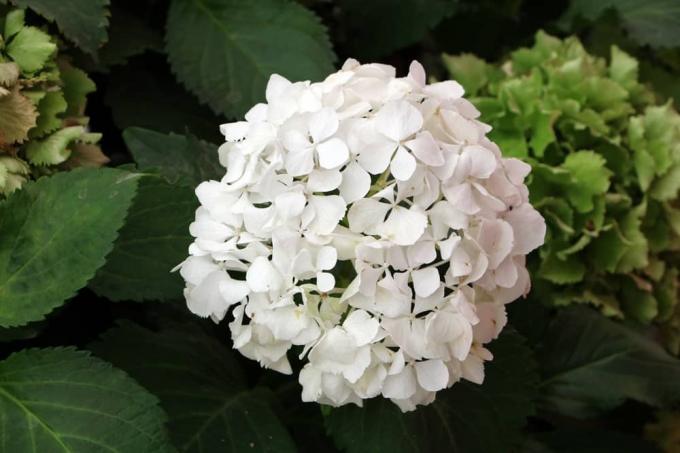
Table of contents
- sorts
- Substrate and pH
- nutrient
Hydrangeas are known as Hydrangea in botanical jargon and are a real ornament in the garden or on the terrace. Her large, spherical inflorescences draw everyone's attention. Another special feature is that they can change their color. Depending on the variety, the pH of the soil and other factors, the color of the flowers can be changed in a targeted manner.
sorts
White, pink and blue hydrangeas are commercially available. However, the different varieties differ not only in the actual color, but also in the size and shape of the flowers and their suitability for certain locations. However, the variety also has an influence on whether the hydrangea can change color or not. As a general rule, variants in pink and blue can switch between the colors. An acidic pH of the soil and sufficient trace elements in the substrate ensure that the plants bloom blue. However, at a higher pH level, the flower color will gradually turn to shades of pink.
The situation is different if it is a really white variety. Because these cannot change the color of their flowers - regardless of the acidity of the substrate and the content of trace elements. The first rule for getting a white hydrangea is therefore to choose the right variety or cultivar. Appropriate breeding forms include:
- Annabell
- Cordifolia
- grandiflora
- Hanabi
- harmony
- Hayes Starbust
- Little Lime
- miranda
- phantom
- Semiola
- Silver Lining
Tip:
A special feature are some varieties that change their flower color automatically and without external influences in the course of flowering. These include, for example, Wims Red and Pee Wee, Snow Flake and Snow Queen, which initially have white flowers and then pink to red. With these it is not possible to get the white.
Substrate and pH
The substrate and its pH have a decisive influence on whether the hydrangea will change colour. The more acidic the soil, the more likely it is that the flowers will turn blue. Typically, the values needed for blue flowers are in the range of 4 to 5.5. However, there are also slight differences between the different varieties.
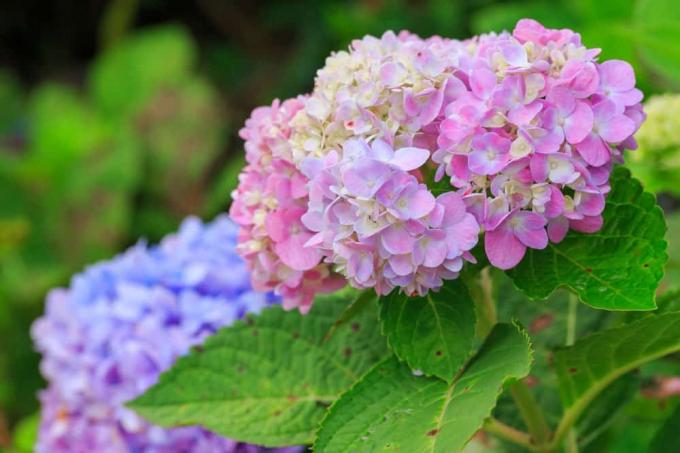
Above this range, the substrate is neutral to basic. Neutral pH values favor white flowering. Basic values, on the other hand, have pink flowers. Therefore, if there is a change in color, a sample of the soil should be tested and the pH adjusted accordingly. Suitable substrate types include special hydrangea soil but also rhododendron soil.
We recommend using oak leaves, peat or coffee grounds to acidify the substrate. The advantage of these agents is that they fertilize the soil at the same time and can therefore also be used to supply the plants. Lime can be used to neutralize the pH of the substrate or to make it basic.
nutrient
As well as the substrate, the amount and type of nutrients present in the soil also play a role in the color of the soil Blossoms, If the petals get a pink tone it can therefore help appropriate fertilizers to use. Aluminum oxide and alum are particularly suitable and efficient for preserving the white flowers. These are absorbed through the roots of the hydrangea and gradually change the color in a bluish direction. If they are missing in the substrate, however, a reddish tint must be expected.
Since the process of nutrient uptake and coloring requires some patience, action should be taken at the first sign of an unwanted color change. The easiest way to do this is to use special fertilizers. So-called "hydrangea blue" is one possibility for this. Experience has shown that hydrangea fertilizers, rhododendron fertilizers and the direct administration of alum are also effective.
 garden editorial
garden editorial I write about everything that interests me in my garden.
Learn more about caring for plants
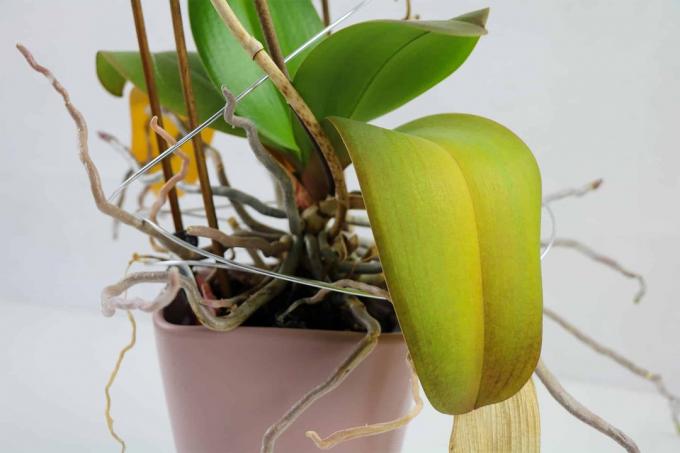
Plant hangs leaves despite water
If plants let their leaves hang despite water, this can have various causes. In order to prevent it from dying off by taking rapid countermeasures, you should find out about the possible causes and effective countermeasures here.
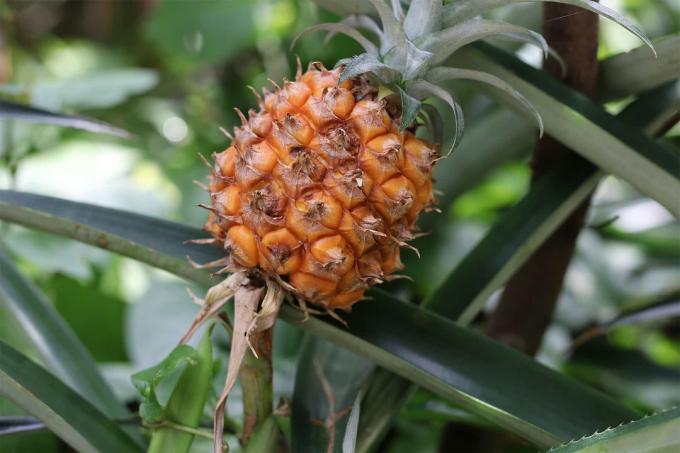
Plants hang their heads: what to do?
If the ornamental plants are cultivated in the garden or in pots and suddenly let their heads droop, then the question quickly arises as to why this can be. However, this is usually due to maintenance errors that need to be checked. If a remedy is found, most plants usually recover quickly.

Repot orchids: how & when to replant
Thanks to more uncomplicated and easy-care new breeds, orchids are now at home on many windowsills. In particular, the Phalaenopsis or butterfly orchid, which is available in countless varieties, is very popular. Read how and when you can best repot the distinctive beauties.

pull tree out of core | 7 tips for growing a tree yourself
Trees can be grown from cores without much effort. There are a variety of plants that have seeds and can be easily cultivated in your own garden. Special classic fruit trees should be mentioned, which are suitable for such a project.
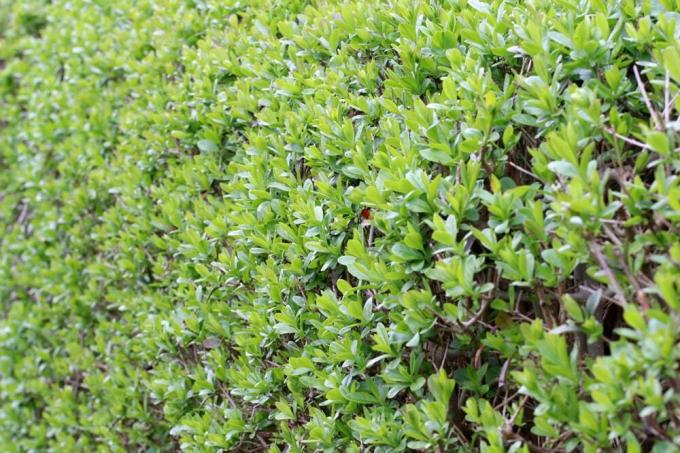
Cutting privet: when is the best time?
Privet is becoming increasingly popular and is often used as a privacy screen in the form of a privet hedge. This is not surprising, because the plant is easy to care for and fast-growing. However, it is crucial to cut the plant regularly at the right time.
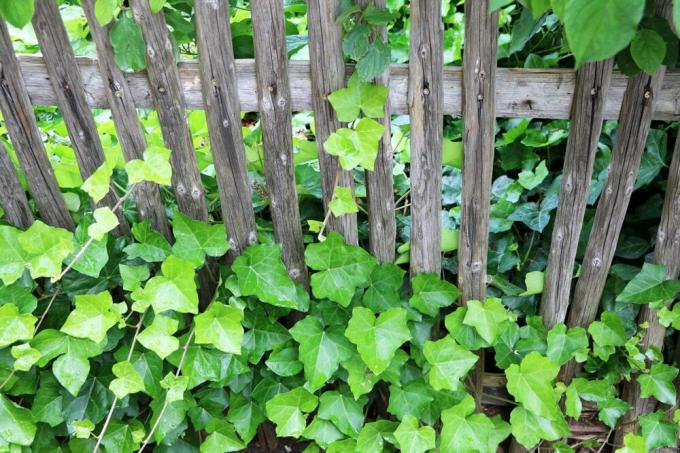
planting ivy | 13 tips on soil, setting & planting
Whether as a privacy screen, climbing wall or terrain greening or ground cover - ivy always works. With species-appropriate care, this evergreen classic will delight gardeners for years with its numerous advantages. In order for the plant to thrive particularly well, the gardener should take these tips into account.



